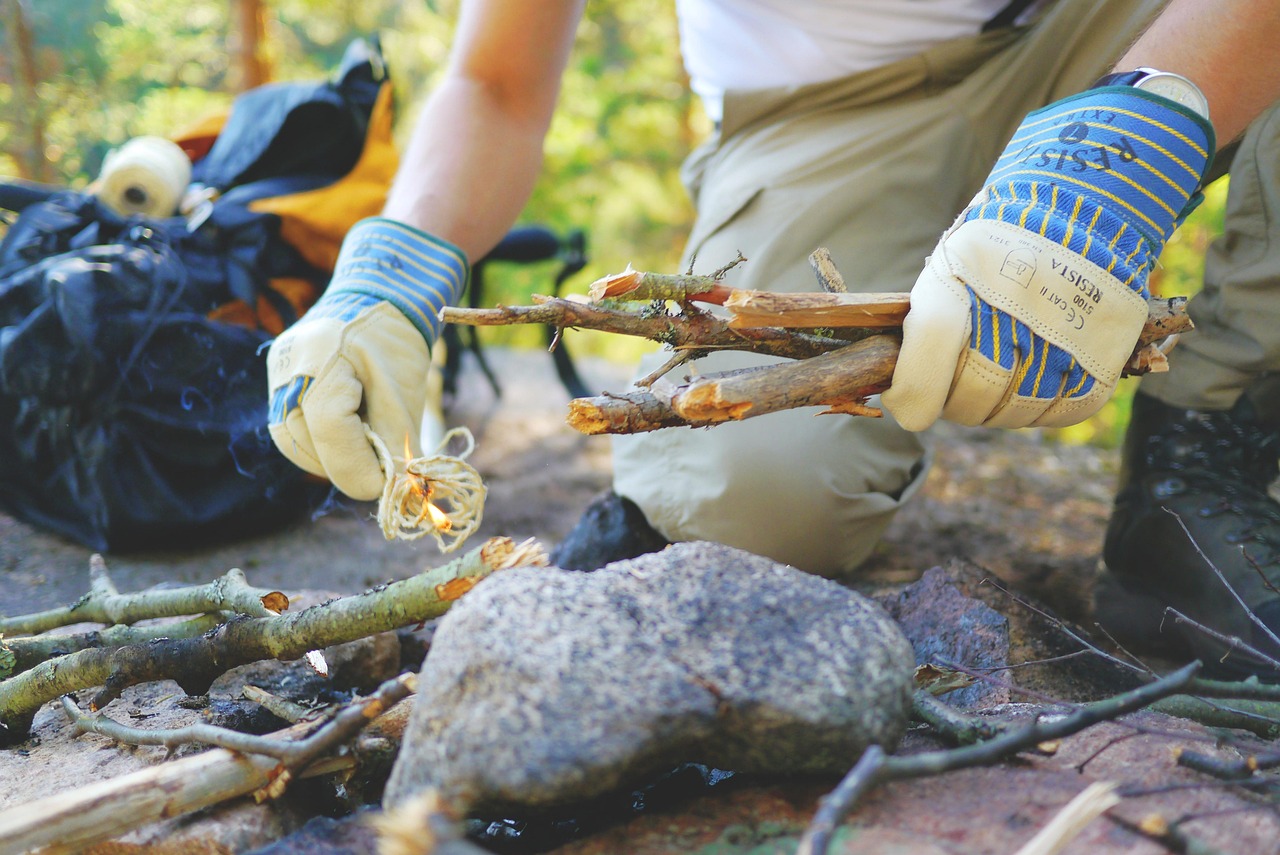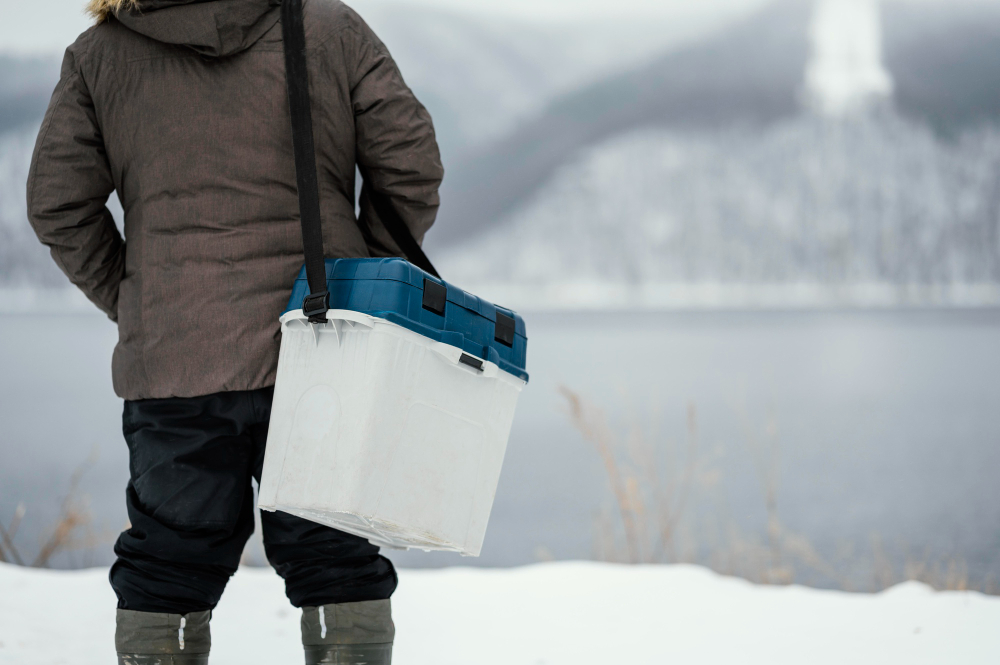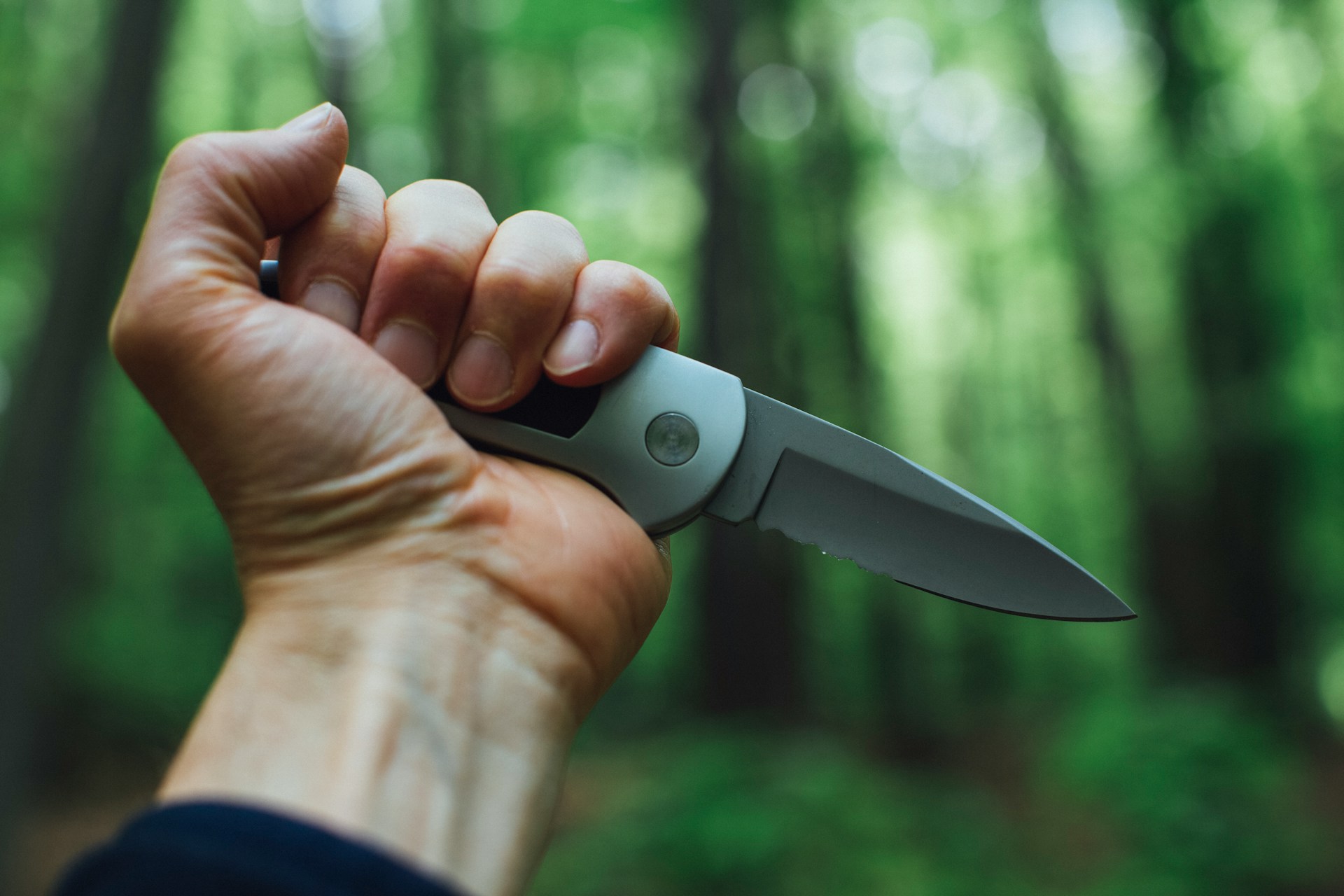Camping trips bring you closer to nature, where every sunrise, campfire, and star-filled sky feels like a memory worth capturing. Yet turning those experiences into photographs that truly tell the story takes more than simply pointing and clicking. By focusing on a few techniques, you can elevate your images from snapshots to lasting works of art. With the right approach, your camping photos will reflect both the beauty of the outdoors and the emotions of the adventure.
Take Advantage of Golden Hour

The golden hour, shortly after sunrise and before sunset, offers soft, warm light that transforms even simple landscapes into breathtaking images. This natural glow reduces harsh shadows and creates depth in your photos. Planning your shots around these times can dramatically enhance your camping photography.
Capture Camp Life Moments

Camping is about more than scenery; it is also about the small details that make the trip unique. Photograph your tent setup, meals by the fire, or friends laughing under lantern light. These candid shots tell a fuller story and preserve the atmosphere of your experience.
Experiment With Angles

Changing your perspective can make ordinary scenes more dynamic. Get low to the ground to capture dramatic foregrounds or shoot from a higher point to showcase the camp layout. Experimenting with angles allows you to highlight details that might otherwise go unnoticed.
Use Natural Frames

Look for ways to frame your subjects using the environment around you. Trees, tent openings, or arching branches can create a natural border that draws attention to the main focus of your photo. This technique adds depth and makes your images more visually engaging.
Focus on the Details

Do not overlook the smaller elements that give your camping trip character. A close-up of dew on leaves, a steaming cup of coffee, or hiking boots by the fire can all capture the mood. These details often make your photo collection feel more personal and complete.
Master Night Photography

Camping often brings clear skies filled with stars, which makes night photography a rewarding challenge. Using a tripod and longer exposure times allows you to capture the Milky Way or glowing campfires. Practicing these techniques ensures your photos shine even after the sun goes down.
Tell a Story Through Sequences

Instead of single images, think in terms of a sequence that captures the flow of your day. Start with sunrise, show moments on the trail, and end with the night sky. This storytelling approach creates a narrative that brings your trip to life for anyone viewing your photos.
Keep Your Gear Safe Outdoors

The outdoors can be tough on cameras, so taking precautions protects your equipment. Use padded cases, keep lens cloths handy for dust and moisture, and store batteries in warm places during cold nights. Caring for your gear ensures it is ready whenever inspiration strikes.
Play With Reflections

Water sources like lakes, rivers, and even puddles can add creative possibilities. Reflections of mountains, trees, or campfires double the beauty of a scene and provide a unique perspective. Position yourself carefully to maximize symmetry and achieve striking results.
Include People in the Landscape

Adding people to your landscape shots provides scale and emotional connection. A hiker on a ridge or a camper by the fire helps viewers imagine themselves in the scene. This technique makes your photos relatable and more engaging.
Practice Minimal Editing

While editing can enhance photos, subtle adjustments often work best for camping photography. Slight boosts in contrast or warmth can highlight natural beauty without losing authenticity. Keeping edits minimal preserves the raw charm of your outdoor adventure.
Always Be Ready for Spontaneous Shots

Some of the best camping photos are unplanned. A sudden burst of wildlife, unexpected weather, or a perfect laugh around the fire can create unforgettable images. Keeping your camera close and ready ensures you never miss these fleeting moments.





